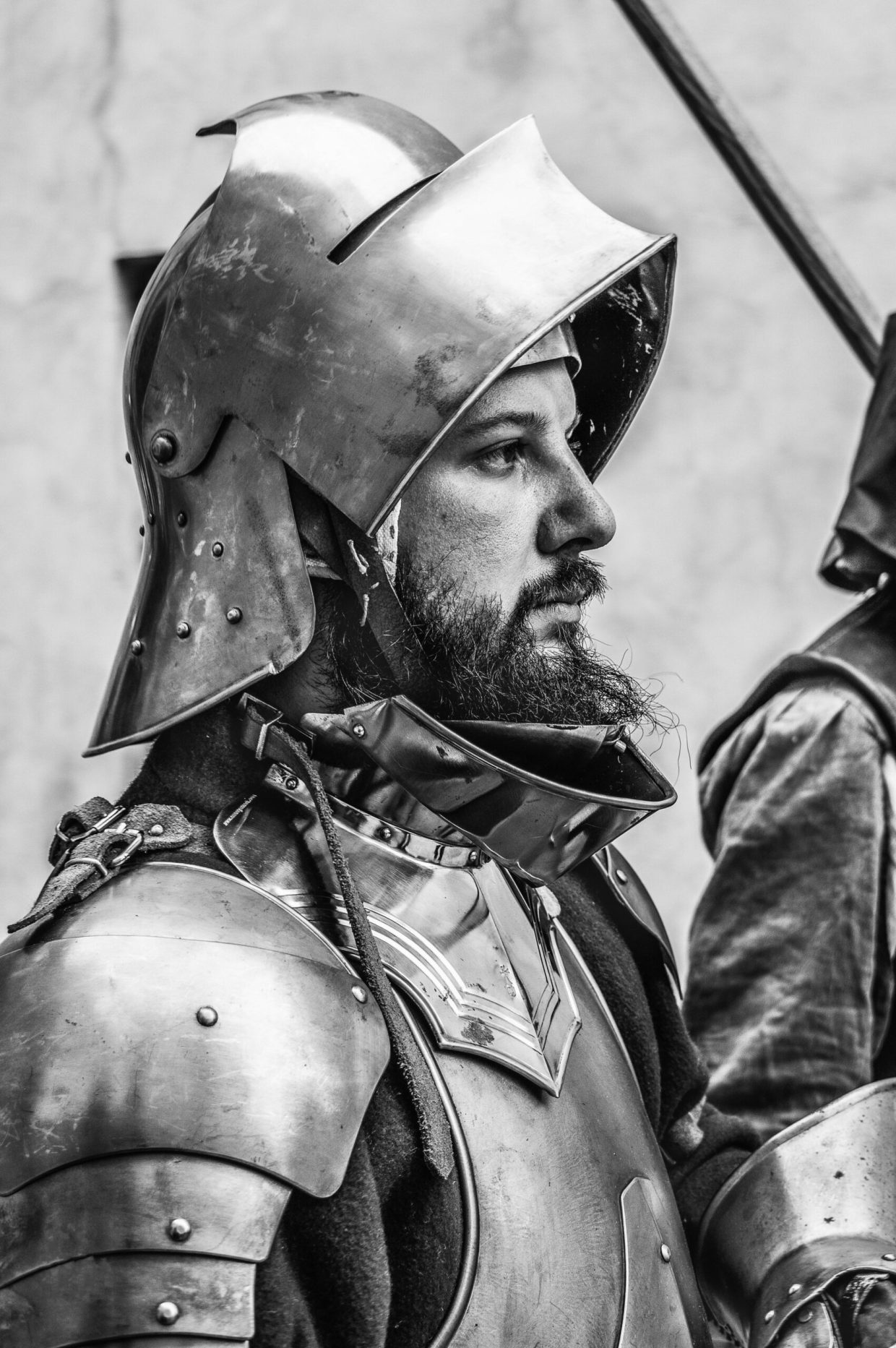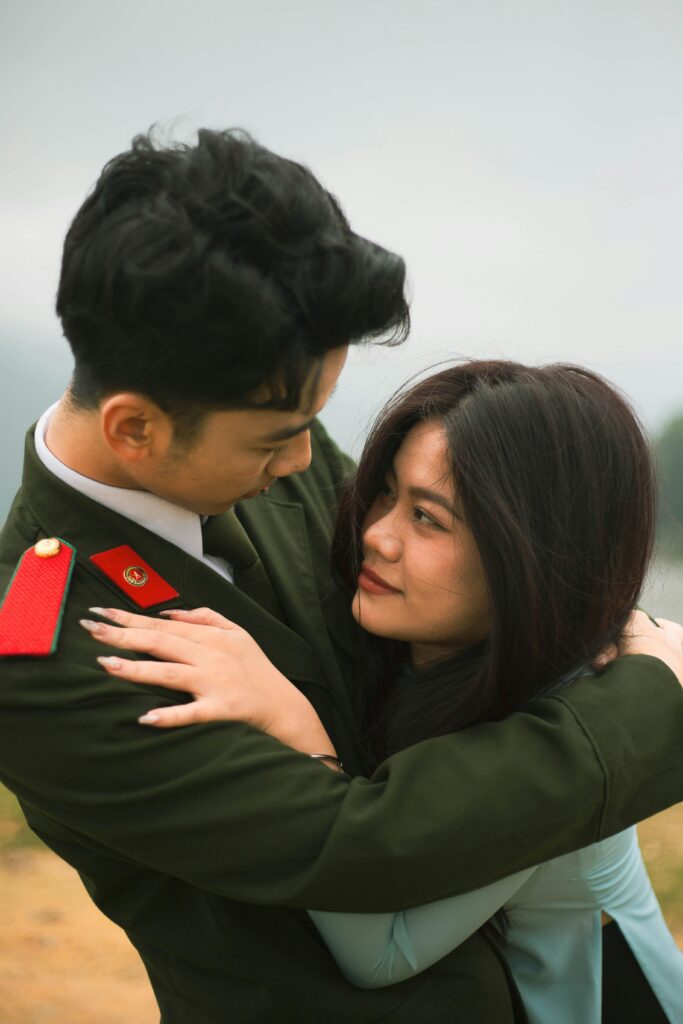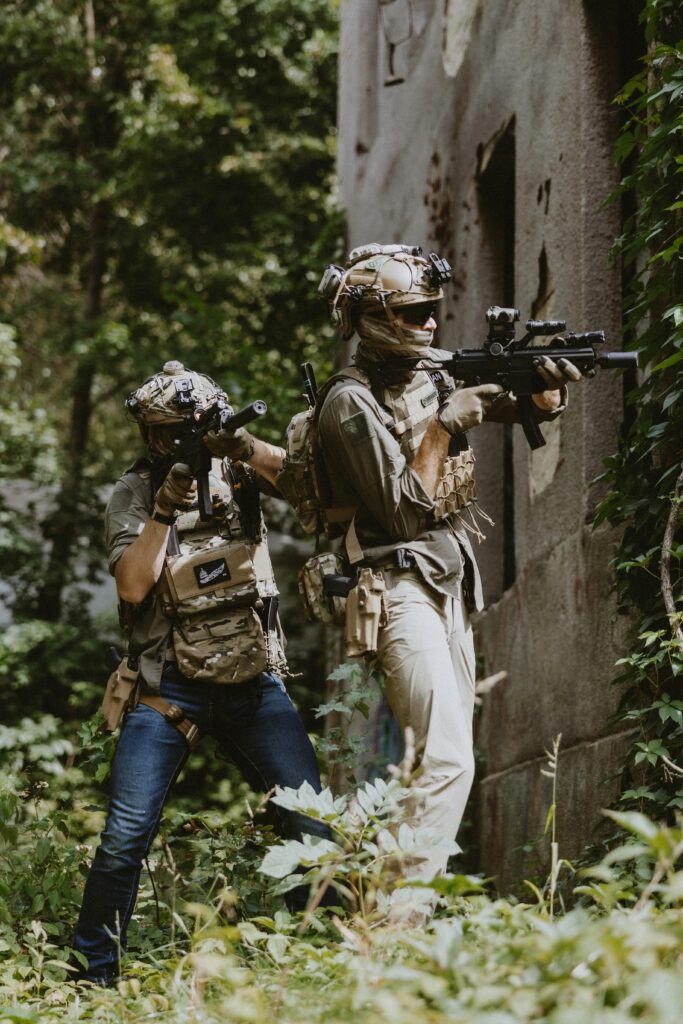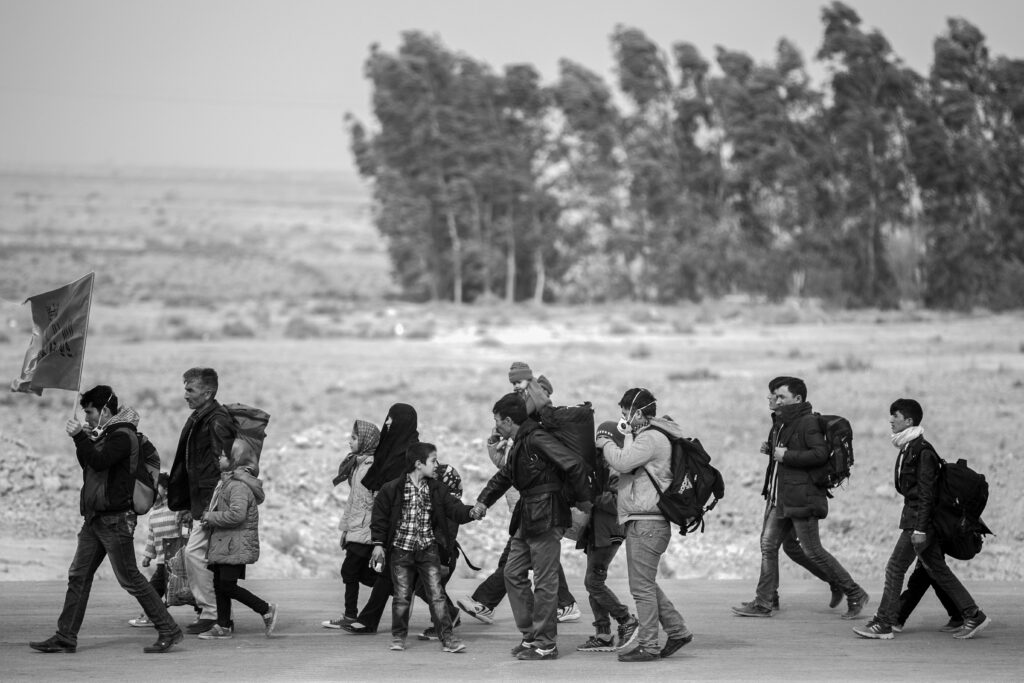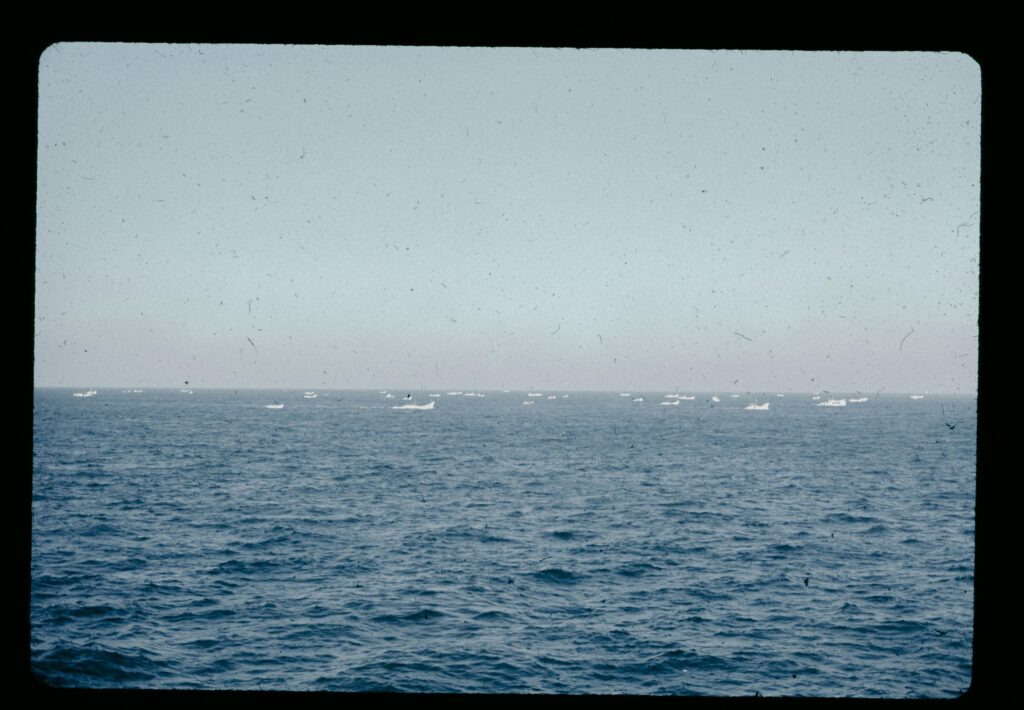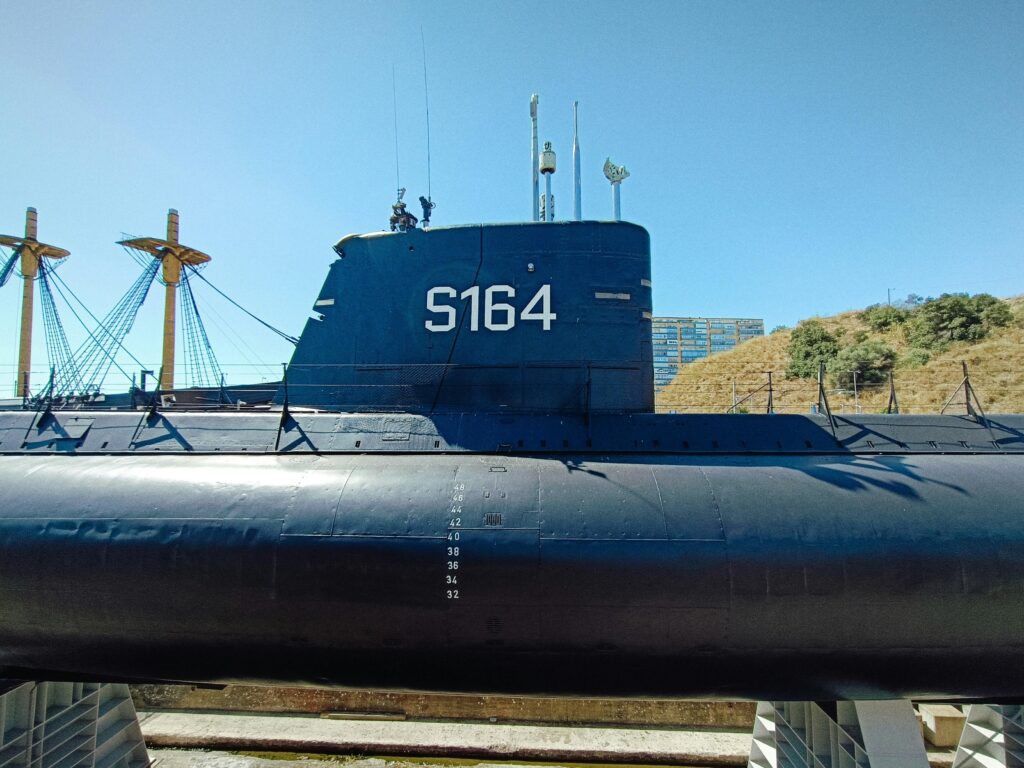The Crusades stand among the most fascinating and complex episodes in medieval history, where faith, conflict, and ambition intertwined to shape the course of centuries. These series of religious wars, launched between the 11th and 13th centuries, were driven by fervent spiritual motives as well as political and economic interests. Beyond the battles and sieges, the Crusades left an enduring legacy—impacting cultures, trade, and ideas across continents. In this exploration, we delve into the motivations behind the Crusades, the human stories within their campaigns, and the profound effects they exerted on both the East and the West. Join us as we uncover how faith and conflict combined to forge a legacy still felt today.
Table of Contents
- The Spiritual Zeal Behind the Crusades and Its Enduring Influence
- Key Battles and Strategic Turning Points that Shaped the Crusading Era
- Cultural Exchanges and the Impact on Medieval Societies
- Lessons from the Crusades for Modern Interfaith Understanding and Conflict Resolution
- Future Outlook
The Spiritual Zeal Behind the Crusades and Its Enduring Influence
At the heart of the Crusades lay an extraordinary surge of spiritual fervor that transcended mere political ambition. For many, the call to arms was deeply entwined with the desire to reclaim sacred lands deemed essential to Christian identity and salvation. This zeal was not simply about conquest; it was imbued with the conviction that participating in these holy wars offered a form of divine penance, guaranteeing eternal reward. The idea of pilgrimage merged with martial duty, creating a powerful motivation that resonated across Europe, mobilizing thousands from all social strata—knights, peasants, and nobles alike. The Church’s endorsement, paired with vivid preaching and indulgences, helped transform personal faith into collective crusading spirit.
The legacy of this spiritual zeal remains palpable centuries later, influencing both religious thought and cultural memory. It fostered a narrative where faith and duty converged, shaping Western perceptions of righteousness and conflict. Key elements that persist include:
- The ideal of holy warfare: A moral framework where battle was sanctified by divine cause.
- Cross-cultural encounters: These led to complex interchanges, including the transmission of knowledge, art, and ideas.
- The enduring symbolism of the cross: Beyond religion, it became a powerful emblem in heraldry and iconography.
Ultimately, these crusading impulses helped shape the medieval worldview, leaving an indelible mark on both religious and secular history, echoed in contemporary discussions about faith’s role in conflict and reconciliation.
Key Battles and Strategic Turning Points that Shaped the Crusading Era
Several pivotal conflicts defined the trajectory of the Crusades, each battle unfolding like a chess move in the complex game of medieval geopolitics. The Siege of Antioch (1097-1098) was a turning point where Crusader forces, after months of hardship, captured a crucial stronghold that opened pathways deeper into the Levant. Similarly, the Battle of Hattin (1187) marked a dramatic shift when Saladin’s forces decisively defeated the Crusader armies, leading to the fall of Jerusalem. These confrontations were not merely clashes of arms; they were moments of profound strategic ingenuity and resilience that shaped the cultural and religious landscape of the era.
Beyond the large-scale battles, several strategic maneuvers influenced the Crusades significantly. Consider:
- The establishment of fortified castles such as Krak des Chevaliers, which served as military and administrative hubs.
- The intricate alliances between Crusader states and local powers, which often tilted the balance in volatile regions.
- The naval battles that controlled critical supply routes across the Mediterranean Sea.
Each of these factors contributed layers of complexity that made the Crusades not just a series of wars, but a multifaceted saga of faith, diplomacy, and endurance.
Cultural Exchanges and the Impact on Medieval Societies
The complex tapestry of medieval societies was profoundly reshaped by the cultural exchanges ignited during the Crusades. As European crusaders journeyed through and settled in the Levant, they encountered a mosaic of civilizations thriving with rich traditions and advanced knowledge. This interaction sparked a remarkable diffusion of ideas, technologies, and customs that transcended mere conflict. For instance, Europeans were introduced to innovations such as Arabic numerals, sophisticated medical texts, and architectural techniques like the pointed arch, which later inspired Gothic cathedrals across Europe. These encounters facilitated an unprecedented blending of Eastern and Western perspectives, fostering a spirit of curiosity and adaptation that permeated various aspects of daily life and intellectual pursuit.
This cross-cultural dialogue extended beyond tangible knowledge, influencing societal attitudes and economic structures. The import of luxurious goods like silk, spices, and precious metals transformed markets and led to the growth of merchant classes, altering social hierarchies within medieval Europe. Additionally, exposure to diverse religions and philosophies encouraged a gradual, albeit limited, broadening of worldviews. Key elements in this exchange included:
- Translation Movements: Scholars translated Arabic and Greek manuscripts into Latin, preserving classical knowledge and sparking the European Renaissance.
- Artistic Influences: Ornamentation and motifs from Islamic art infused European craftsmanship, visible in textiles and metalwork.
- Culinary Fusion: New spices and food preparation techniques enriched European cuisine, altering tastes and agricultural practices.
Lessons from the Crusades for Modern Interfaith Understanding and Conflict Resolution
The Crusades stand as a profound testament to the complexities of faith intersecting with politics and power. They remind us that religious fervor alone can never justify violence or conquest, and that misunderstandings rooted in faith often escalate conflicts. Today, this history encourages us to approach interfaith dialogues with genuine respect and a commitment to understanding diverse perspectives. Recognizing the shared humanity behind different beliefs can prevent the kind of polarization that fueled centuries of bloodshed during the Crusades.
Modern conflict resolution benefits from the lessons imparted by this turbulent era, especially the importance of:
- Active listening: Valuing the stories and grievances of all parties involved.
- Common ground: Identifying universal values within various religious traditions.
- Patience and humility: Understanding that reconciliation often requires time and mutual concessions.
Embracing these principles fosters pathways to peace that go beyond mere tolerance, building bridges where once there were walls.
Future Outlook
As we conclude our journey through the complex tapestry of the Crusades, we are reminded that these centuries-old conflicts were far more than simple battles for territory. They were profound expressions of faith, ambition, and cultural encounter that shaped the medieval world in ways still resonant today. Understanding the Crusades invites us to reflect not only on the clash of armies but also on the enduring legacy of dialogue and division they left behind. May this exploration inspire a deeper appreciation for the past and its continuing influence on the present.


